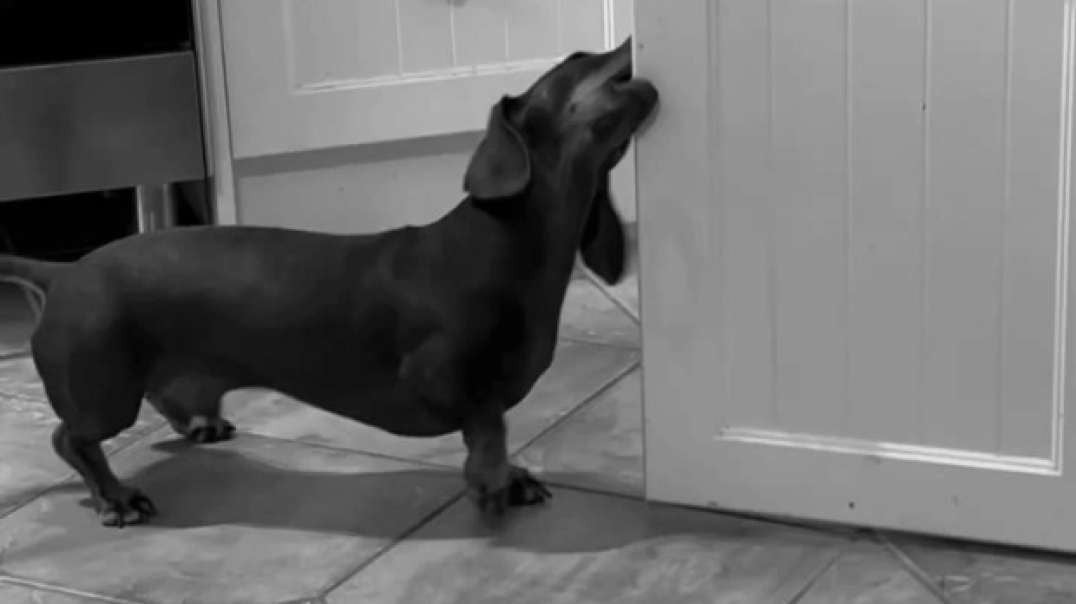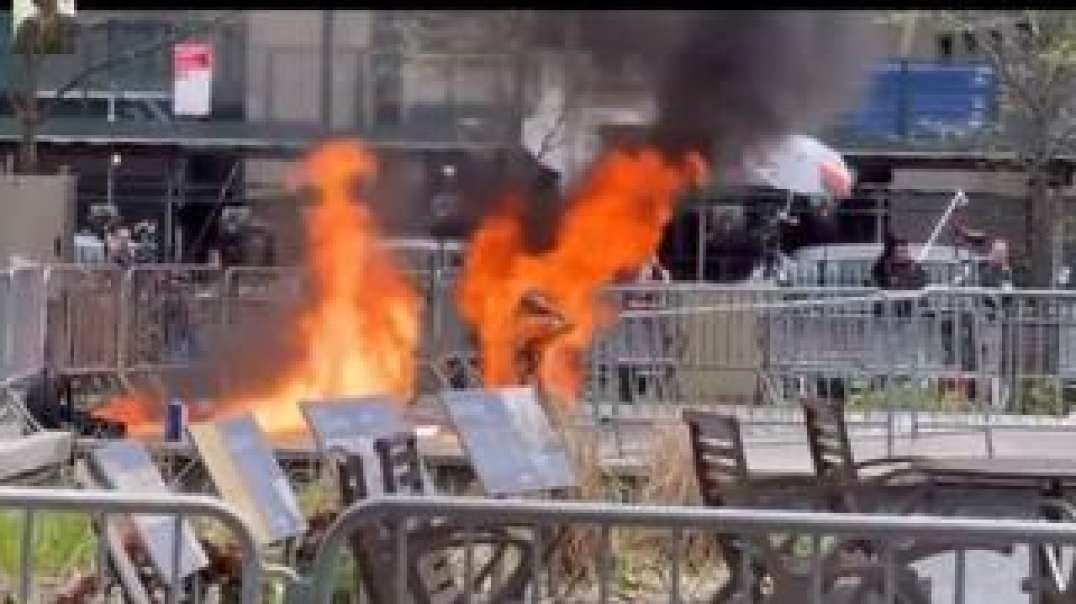MOST RESPECTED IN ASIA !!! Pakistan Air Force promotional video
Support this channel by liking, subscribing, commenting and clicking this link and buying cool stuff on Amazon - https://amzn.to/2LcNkW0
A great promotional video of the Pakistan Air Force which is considered one of the most respected in Asia. The Pakistan Air Force (PAF) (Urdu: پاک فِضائیہ—Pāk Fizāʾiyah, Urdu: [pɑːk fɪzɑːɪjəɦ], reporting name: PAF), is the aerial warfare branch of the Pakistan Armed Forces, primarily tasked with the aerial defence of Pakistan with a secondary role of providing air support to the Pakistan Army and the Pakistan Navy. The PAF also has a tertiary role of providing strategic air transport and logistics capability to Pakistan. The PAF employs approximately ~65,000 full-time personnel (including approximately 3,000 pilots) and currently operates 973 aircraft.[2]
Its primary mandate and mission is "to provide, in synergy with other inter-services, the most efficient, assured and cost effective aerial Defence of Pakistan." Since its establishment in 1947, the PAF has been involved in various combat operations, providing aerial support to Inter–Services's operations and relief efforts.[3] Under the Article 243, the Constitution of Pakistan appoints the President of Pakistan as the civilian Commander-in-Chief. The Chief of Air Staff (CAS), by statute a four-star air chief marshal, is appointed by the President with the consultation and confirmation needed from the Prime Minister of Pakistan.[4] The Pakistan Air Force is currently commanded by Air Chief Marshal Suhail Aman.[5]
History
1959
On 10 April 1959, on the occasion of the Islamic Eid ul-Fitr festival holiday in Pakistan, an Indian Air Force (IAF) English Electric Canberra B(I)58 of No. 106 Squadron entered Pakistani airspace on a photo reconnaissance mission. Two PAF F-86F Sabres (Flt. Lt. M. N. Butt (leader) and Flt. Lt. M. Yunis) of No. 15 Squadron on Air Defence Alert (ADA) were scrambled from Sargodha Air Base to intercept the IAF aircraft. Butt attempted to bring down the Canberra by firing his Sabre's machine guns, but the Canberra was flying at an altitude of more than 50,000 feet — beyond the operational ceiling of the F-86F. When Yunis took over from his leader, the Canberra suddenly lost height while executing a turn over Rawalpindi. Yunis fired a burst that struck the Canberra at an altitude of 47,500 feet and brought it down over Rawat, near Rawalpindi. Marking the first aerial victory of the PAF . Both crew members of the IAF Canberra, ejected and were captured by Pakistani authorities and were subsequently released after remaining in detention for some time.[6]
1965 India-Pakistan War
Main article: Indo-Pakistani War of 1965
PAF B-57 Canberra bombers lined up at an airbase.
The PAF fleet at the time consisted of 12 F-104 Starfighters, some 120 F-86 Sabres and around 20 B-57 Canberra bombers.[7] The PAF claims to have had complete air superiority over the battle area from the second day of operations.[8]
Many publications have credited the PAF's successes to U.S. equipment, claiming it to be superior to the aircraft operated by the IAF and giving the PAF a "qualitative advantage". However some people refute this argument. As per them, the IAF's MiG-21, Hawker Hunter and Folland Gnat aircraft had better performance than the PAF's F-86 fighters.[9] According to Air Cdre (retired) Sajad Haider, the F-86 Sabre was inferior in both power and speed to the IAF's Hawker Hunter.[9][10]
[11][12]
According to Air Commodore (retired) Sajjad Haider who flew with No. 19 squadron, the F-104 Starfighter did not deserve its reputation as "the pride of the PAF" because it "was unsuited to the tactical environment of the region. It was a high-level interceptor designed to neutralize Soviet strategic bombers in altitudes above 40,000 feet." Nevertheless, the IAF is believed to have feared the Starfighter[13] although, according to some, it was not as effective as the IAF's Folland Gnat.[14] According to Indian sources, the F-86F performed reasonably well against the IAF Hawker Hunters but not as well against the Folland Gnat, which was nicknamed Sabre Slayer by the IAF.[15][16]
According to Indian sources most aircraft losses of IAF were on ground while PAF lost most in aerial combat.[17] Even though the IAF flew a larger offensive air campaign by devoting 40% of its air effort to offensive air support alone, according to Indian sources the majority of its losses came from aircraft destroyed on the ground through PAF air strikes.[17] The PAF without doubt, had achieved far more in terms of enemy aircraft destroyed on the ground but the IAF had achieved much more in the close support role.[17]
The two countries have made contradictory claims of combat losses during the war and few neutral sources have verified the claims of either country. The PAF claimed it shot down 104 IAF planes and lost 19 of its own, while the IAF claimed it shot down 73 PAF planes and lost 59.[18] According to the independent sources, the PAF lost some 20 aircraft while the Indians lost 60–75.[19][20]
1967 Arab-Israeli 'Six-Day' War

Support this channel by liking, subscribing, commenting and clicking this link and buying cool stuff on Amazon - https://amzn.to/2LcNkW0



















